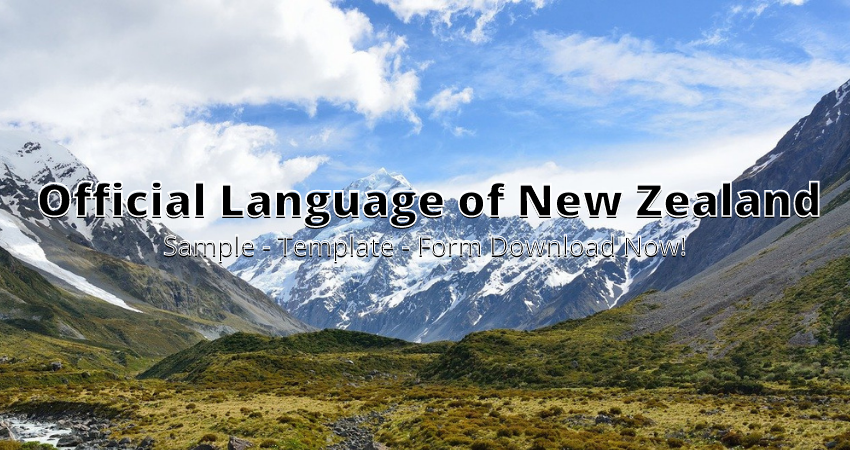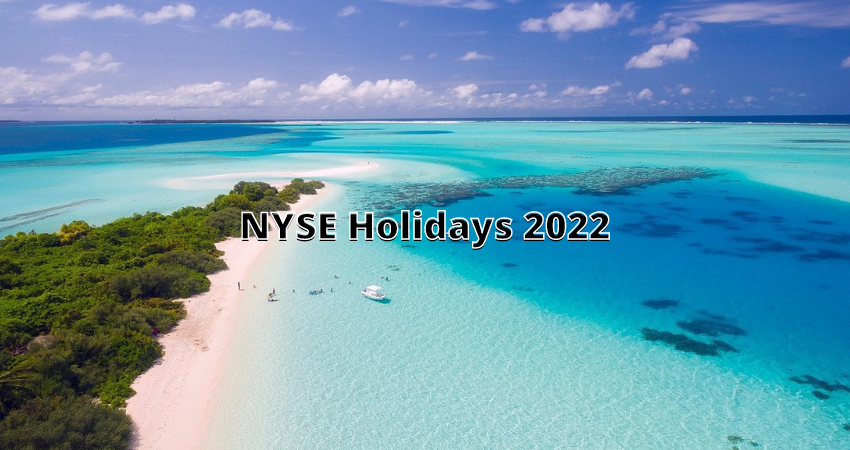Official Language of New Zealand ⏬👇
The official language of New Zealand is English. The country has no single official language at the national level, but English is by far the dominant language used in most school rooms and workplaces. Around 2% of people speak Māori as their first language, although this varies considerably between different parts of the country. Māori is an official minority language under Section 21 of the Bill of Rights Act 1990.
New Zealand Sign Languageis a language of the Deaf community, with its own syntax, vocabulary, and grammar. It has similarities to other Australian Aboriginal languages. The Māori language () is also an official language in its own right: it was made an official language by the New Zealand Sign Language Act 2006. The vast majority of New Zealanders speak only one of those languages: 80% of New Zealanders speak only English; 8% speak only Māori; 1% speak only NZSL; and 10% speak both English and Māori.
About New Zealand
New Zealand is the most diverse and least populous of the main islands in the South Pacific. Until recently, it was a remote and barely populated land. But with the opening of its doors to tourism in the 1960s, New Zealand has now become one of the world’s most attractive destinations! New Zealand is a beautiful country, with stunning wildlife and wonderful people. Known as the ‘Shangri-La’ of the Pacific, we have everything from sunbathing beaches to snow-capped mountain peaks. We are a diverse and culturally rich nation with strong Maori heritage, which has made a lasting impression on our national identity.
New Zealand is a beautiful country, with stunning wildlife and wonderful people. Known as the ‘Shangri-La’ of the Pacific, we have everything from sunbathing beaches to snow-capped mountain peaks. We are a diverse and culturally rich nation with strong Maori heritage, which has made a lasting impression on our national identity.
New Zealand is an island country in the southwestern Pacific Ocean. The country geographically comprises two main landmasses – that of the North Island, and the South Island, and numerous smaller islands. New Zealand is situated some 1,500 kilometres (900 mi) east of Australia across the Tasman Sea and roughly 1,000 kilometres (620 mi) south of the Pacific island areas of New Caledonia, Fiji, and Tonga. Because of its remoteness, it was one of the last lands to be settled by humans. During its long isolation New Zealand developed a distinct biodiversity of animal, fungal, and plant life.
The country is a sovereign island country in the southwestern Pacific Ocean. The country geographically comprises two main landmasses—the North Island, or Te Ika-a-Māui, and the South Island, or Te Waipounamu—and around 600 smaller islands. New Zealand is situated some 1,500 kilometres (900 mi) east of Australia across the Tasman Sea and roughly 1,000 kilometres (620 mi) south of the Pacific island areas of New Caledonia, Fiji and Tonga. Because of its remoteness, it was one of the last lands to be settled by humans. During its long isolation, New Zealand developed a distinctive biodiversity of animal, fungal, and plant life. The country’s varied topography and its sharp mountain peaks influenced numerous different cultural aspects as well as traditional practices such as tītī hunting
Email Bülteni
Yeni yazılarımızdan hemen haberdar olmak için kayıt olun.







